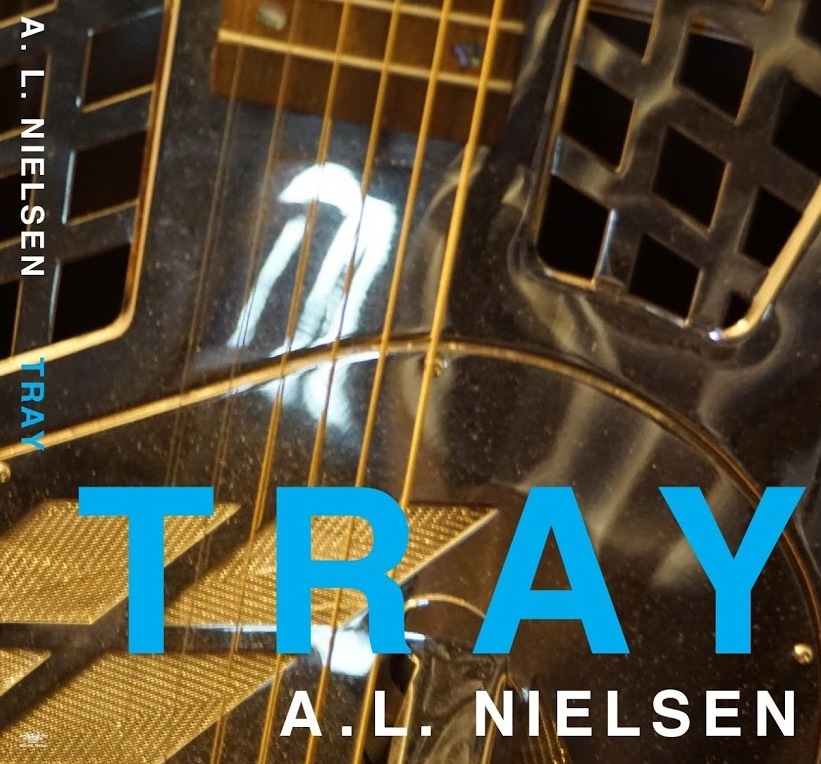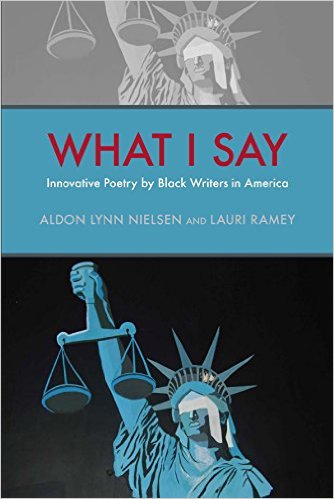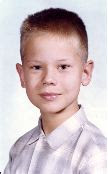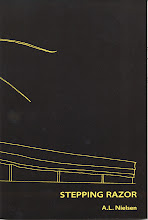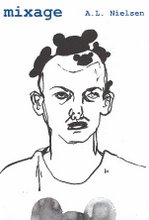When Justin Perez posted this link a little while ago, my response to the headline was just what you would expect from me. How delicious that a young Republican attempting to fan the flames around the email story would, following in the glorious tradition of Melania Trump, plagiarize in the most egregious way. Delicious, yes, though I wished it had happened at some other university and not the one where I teach.
But then I read the stories. The College Republicans issued an apology, as they should, but in that very apology they undercut their moral position even further:
"We took this matter seriously and acted swiftly to address the concern when it was called to our attention. The Chief of Staff’s final and rough draft have been reviewed, and we have concluded that he had no mal-intent, but this is still a serious issue to deal with accordingly."
A writer does not accidentally commit rampant plagiarism. Whatever else the staffer thought he was doing, he was clearly representing other people's (copyrighted) words as his own. This would be the subject of immediate disciplinary action in any class of mine.
As if that were not bad enough, the problems were compounded by the editors of the Daily Collegian. They pulled the piece as soon as the plagiarism was brought to their attention, a proper course of action. They apologized to their readers for failing to thoroughly vet the submission, again a proper action. But then they wrote:
"This mistake was one created without intent; we have no reason to believe the author knew the extent of his transgressions when his article was submitted. "
How in god's name does anyone copy passages from other people's columns without intent? How does anyone copy multiple passages from a variety of sources and claim not to know the extent of their transgressions.
As a professor who teaches writing at the university where this has happened, I am profoundly disturbed by the messages these ameliorative statements convey.
But maybe I am over reacting. Maybe I have all along misunderstood the purpose of a university newspaper. In their statement, the editors of the Daily Collegian make clear their own intentions:
"It is our job as a news organization to dispel both factually and ethically honest information to the public . . ."














